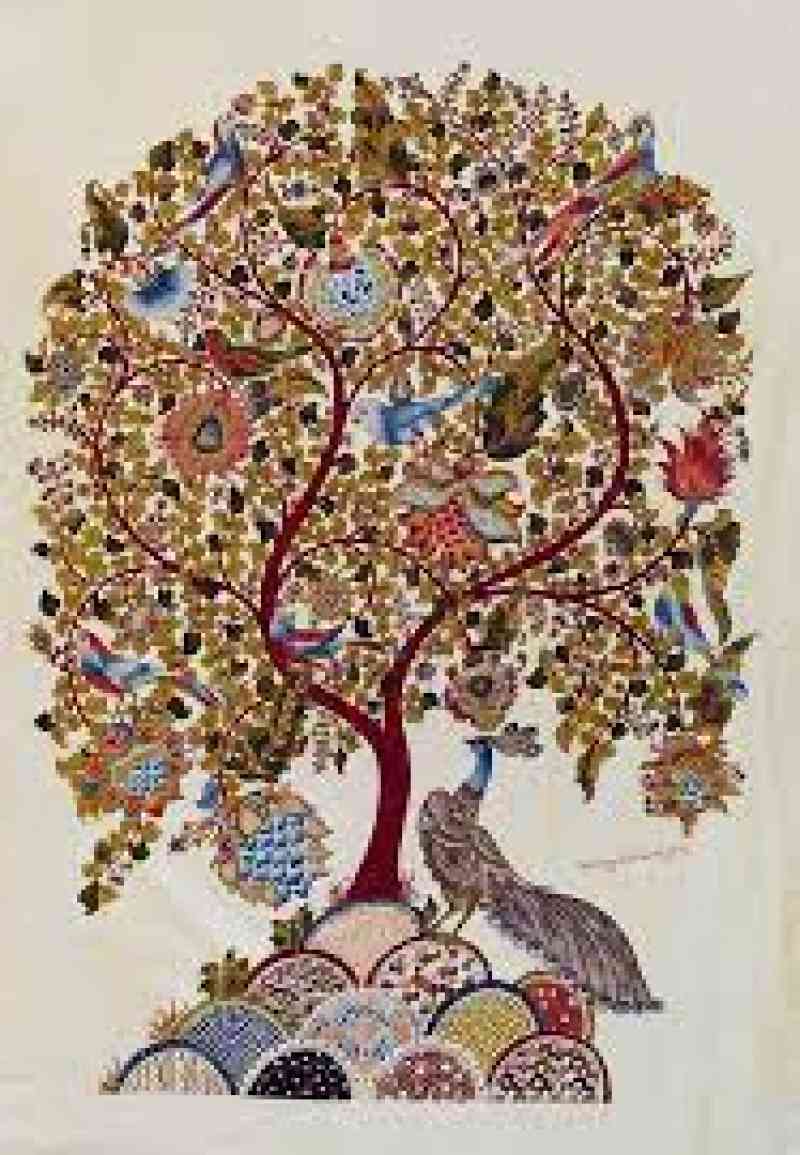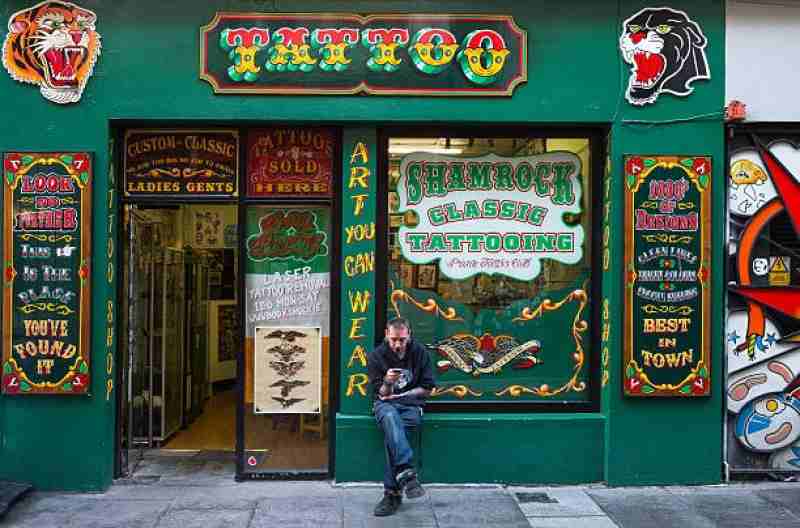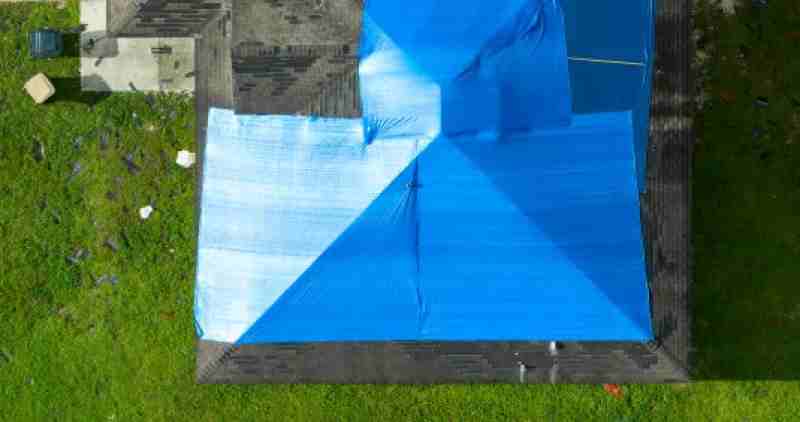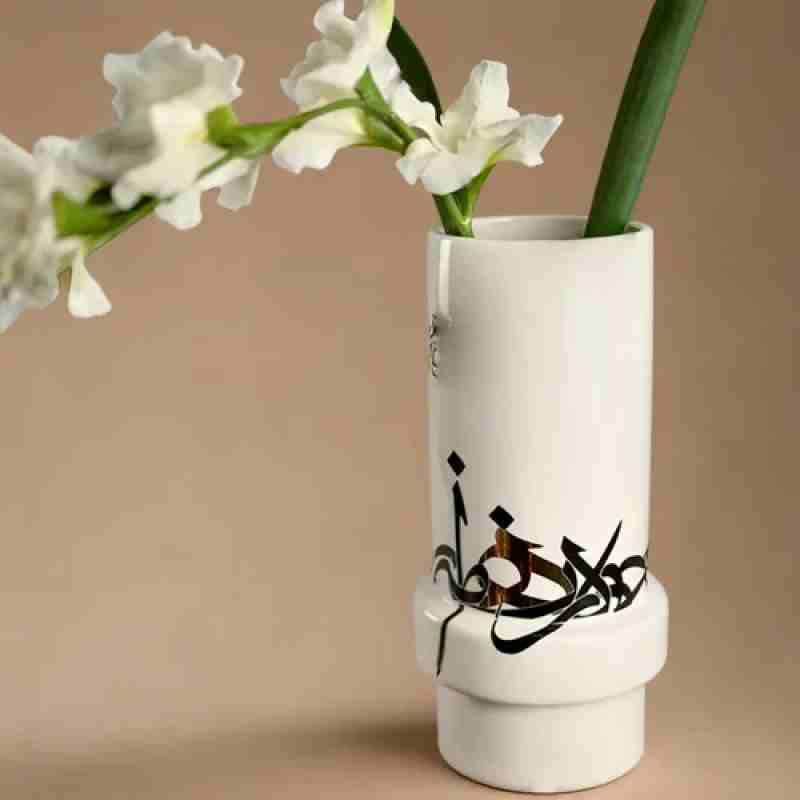Art
Kalamkari - The Art of Andhra Pradesh

Kalamkari is derived from the Persian terms 'Kalam' (pen) and 'Kari' (craftsmanship) and refers to the art of hand painting on fabrics with a pen and hand block printing. The pen in the Kalamkari technique is a sharp-pointed bamboo stick cushioned with hair or cotton and strung with string on one end to manage the flow of colour. Kalamkari art consists of hand-drawn, painted, and dyed wall cloth in natural hues, ranging from large tapestries to little squares. With the tightly packed characters and screenplay narratives, these fabric paintings exude a sense of freshness.
Kalamkari is both an art and a craft. Kalamkari is practised in two unique locations in Andhra Pradesh, and has captured, enchanted, and entranced those who have come into contact with it since its unveiling to the world. The colours utilised, the motifs chosen, the sharpness of the lines, the intricate detailing, and its adaptability to a wide range of materials have contributed to its market success.
In ancient times, groups of singers, musicians, and painters known as chitrakattis travelled from village to village to narrate the epic stories of Hindu mythology to the villagers. They illustrated their stories with enormous bolts of canvas painted on the spot with simple tools and natural dyes. Similarly, massive kalamkari panels representing tales from Indian mythology can be found in Hindu temples, akin to stained glass in Christian churches.
Its popularity peaked throughout the Middle Ages in the affluent Golconda Sultanate of Hyderabad. The Mughals who patronised this skill in the Coromandel and Golconda provinces referred to its practitioners as "qualamkars," from which the term "kalamkari" originated.
Many families in Andhra Pradesh have performed Kalamkari art for decades, and it has created livelihood. Kalamkari experienced a decline before being resurrected in India and abroad for its artistry. The decorative element for clothes has been popular among the British since the 18th century.
Source:
Click for the: Full Story
You might like













 Close Menu
Close Menu